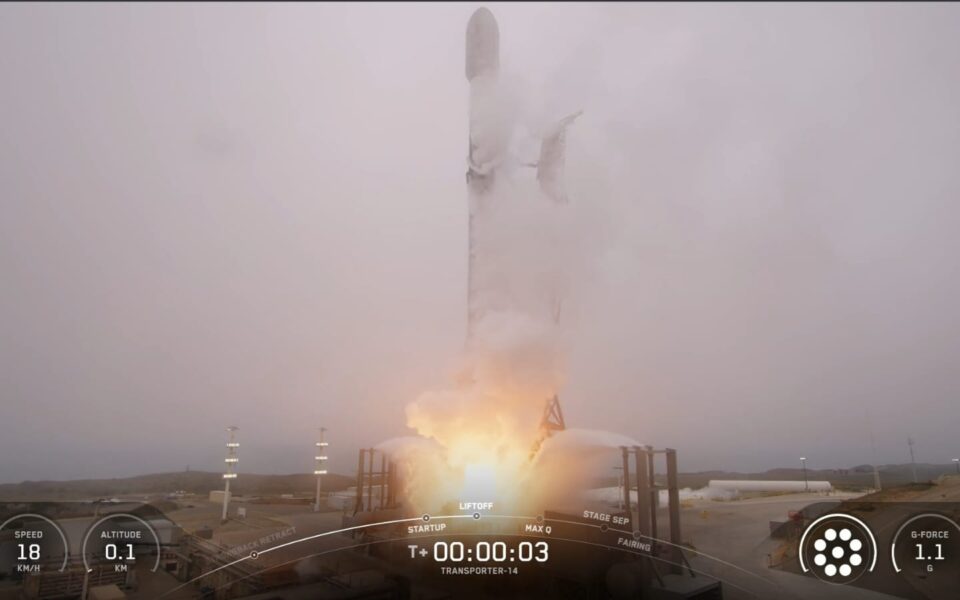
First Greek satellite to monitor environment launched
How did your country report this? Share your view in the comments.
Diverging Reports Breakdown
First Greek satellite to monitor environment launched
The first of the Greek In-Orbit Demonstration (IOD) CubeSat missions, DUTHSat-2, was successfully launched late Monday night (Greek time) from the Vandenberg Space Launch Complex 4 onboard a Falcon 9 rocket. The satellite will conduct in-orbit confirmation of new experimental Earth observation devices (optical cameras) and secure connectivity (telecommunications systems) The aim of this project is to strengthen Greece’s capabilities in the field of Earth observation and secure space communication, by capturing images in the visible and near infrared spectrum, over both sea and land. Two more CubeSat will be launched by consortia of Greek companies within November.
DUTHSat-2, which weighs seven kilos, traveled for about an hour on the Falcon 9 rocket along with other satellites and was released into orbit at an altitude of 510 kilometres above sea level. It will then undergo a thorough process of placing it in orbit and starting operational operations.
Within at least six months of successful communication with the satellite and the start of its operation, the satellite will conduct in-orbit confirmation of new experimental Earth observation devices (optical cameras) and secure connectivity (telecommunications systems).
The aim of this project is to strengthen Greece’s capabilities in the field of Earth observation and secure space communication, by capturing images in the visible and near infrared spectrum, over both sea and land. The imagery and measurements will be used to provide yield information on soil moisture, as well as marine contamination. Additionally, the imagery frequency bands and the imager resolution have been selected to be able to detect both oil spills and ship bilge water pollution.
DUTHSat-2 will also perform in-orbit demonstration of an essential telemetry and housekeeping unit. The Essential TeleMetry and housekeeping (ETM) is the spacecraft version of a “black box”, allowing operators to have visibility over the spacecraft’s health in case of failures of the main subsystems.
“The successful implementation of the DUTHSat-2 mission marks the start of a series of Greek microsatellite missions, which will follow in the coming period, further strengthening the country’s operational and technological capabilities,” Greece’s Ministry of Digital Governance said in a press release commenting on the launch, adding that two more CubeSat will be launched by consortia of Greek companies within November.
The DUTHSat-2 mission brings together Greek academia and industry, being led by the Democritus University of Thrace, and supported by the Athena Research Center and Greek companies Space Asics and Prisma Electronics SA. The spacecraft was assembled on site at the Democritus University of Thrace, with the design, assembly and test process guided and monitored by ESA’s Connectivity and Secure Communications.
The project is part of the Greek National Small Satellite Program, under the Greek Cubesats in-orbit Validation Projects that include a total of seven IOV CubeSat missions, managed by the European Space Agency’s (ESA) Greek Connectivity Recovery and Resilience (RRF) Project Team, as part of ESA’s Connectivity and Secure Communications directorate.
The program is executed under the auspices of the Hellenic Ministry of Digital Governance with the support of the General Secretariat of Telecommunications and Posts and is closely supervised by the Hellenic Space Center.
It is part of the National Recovery and Resilience Plan Greece 2.0, which is funded by the Recovery and Resilience Facility (RRF), core programme of the European Union’s NextGenerationEU.
